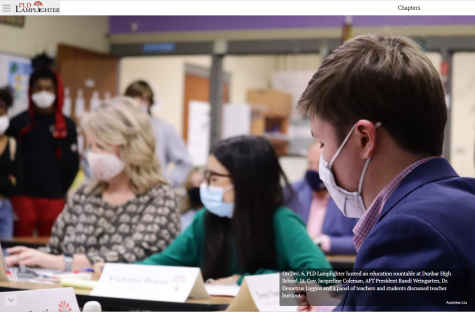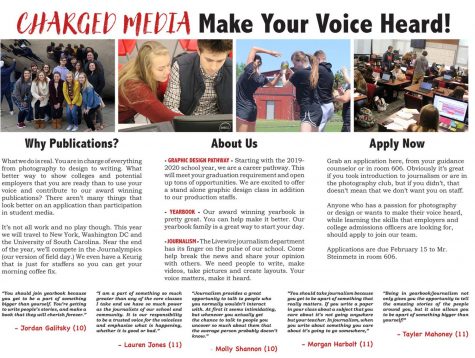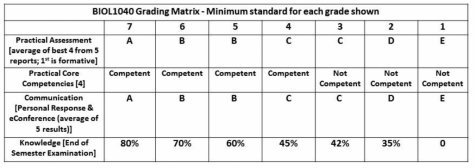Resources for teaching feature writing
James Miller shares some of the articles and exercises he uses to teach feature writing.
Student using laptop. Image by echapman on pixabay https://pixabay.com/users/echapman-285023/
James Miller has taught feature writing for over ten years. We asked him for some of his tips and tricks, and this is what he said:
I use the following article as models for excellent feature writing:
Last Chance High by Robin Gaby Fisher
The Girl in the Window by Lane DeGregory
Final Salute by Jim Sheeler (PDF)
Fatal Distraction by Gene Weingarten
Pearls Before Breakfast by Gene Weingarten
Before the Law by Jennifer Gonnerman
A Muslim Leader in Brooklyn by Andrea Elliott
Here are links to additional feature writing resources I’ve created.
This explains the key parts of a feature article: the snapshot/exploded moment, scene-setting, big picture reporting, transitions, and structure.
Any time I ask students to read a feature article, I ask them to be prepared to answer these questions during a class discussion. You can make this a writing assignment, obviously, but I prefer to use this as a classroom discussion tool, which ideally forces them to take notes as they read so they can be ready to answer any of these ten questions in class.
This is the grading rubric I use for their feature articles.
This is the Google Slides presentation I use to introduce feature articles and their basic parts (exploded moments, big picture reporting, etc.). Hats off to you if you recognize the Zoolander reference.
I use this to teach the difference between descriptive and evaluative language, and also to encourage “show don’t tell” in their writing (and discourage them from using purple prose).
This is part of a unit on personality profiles, but the emphasis on sensory detail obviously applies to feature writing too. And the lesson includes an opportunity to get your kids up out of their seats and walking around the school. For this particular lesson, I took the students down into the school’s basement (with permission).
Instead of showing the reader information through description of observable behaviors, my students would much rather tell the reader what’s going on inside the subject’s head. This exercise is designed to encourage them to avoid naming emotional states (angry, sad, happy, bored) and instead describe behaviors (clenched fists, staring at the floor, sauntering into class, stifling yawns) in a way that makes their writing much more vivid for the reader.





